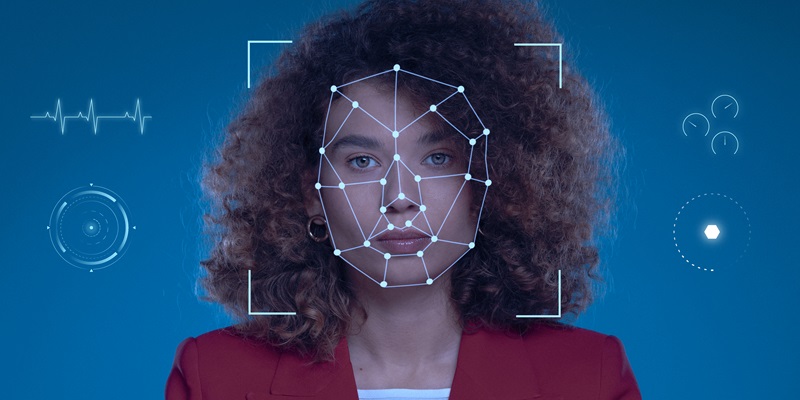In this age of technological advancements, one particular area that has seen a rapid increase in criminal activities is generative AI. A growing number of cybercriminals and malicious actors are utilizing this powerful tool to create a variety of scams and disinformation campaigns. With the upcoming election cycle, it is expected that generative AI will play a role in various forms, serving as a medium for both disinformation and legitimate political campaign content generation.
The Role of Generative AI in Scams
Generative AI holds immense potential in the hands of cybercriminals. Its ability to create deceptive content has given rise to a surge in scams that exploit manipulated audio and video. Among the myriad of concerns, one prevalent issue is the creation of deepfakes in pornographic videos featuring celebrities. While efforts have been made to contain this problem, deepfake video sites continue to proliferate, posing a significant threat to individuals’ privacy and reputation.
Project Mockingbird: Detecting AI-generated Audio
To counter the alarming rise of AI-generated audio, McAfee Labs has developed Project Mockingbird – an industry-leading AI model designed to detect the authenticity of audio sources. This innovative solution ensures that audio can be scrutinized to determine if it originated from a human or an AI system. By analyzing the spoken words, Project Mockingbird can accurately identify discrepancies and alert users of potential scams or disinformation.
McAfee’s Efforts in Combating Scams and Disinformation
As a pioneer in the field of cybersecurity, McAfee is dedicated to providing users with comprehensive protection against the risks associated with generative AI. With the development of their AI model capable of detecting AI-generated audio, McAfee aims to give users the clarity and confidence needed to navigate the nuances of our AI-driven world. By safeguarding online privacy, identity, and well-being, McAfee strives to empower individuals to make informed decisions.
The Pervasive Spread of Deepfakes
Deepfake technology has rapidly permeated various social media platforms, posing significant challenges for both individuals and businesses. McAfee’s research found that deepfakes are frequently posted on popular platforms such as Facebook, Instagram, Threads, Messenger, and others. The ease of sharing and the widespread use of social media has amplified the reach of deepfake content, making it even more crucial to implement robust detection mechanisms.
Illustrating the Impact: An Example of a Crypto Scam
To illustrate the alarming consequences of deepfake technology, let’s delve into an example of a crypto scam. In this instance, a legitimate video of a news broadcast was manipulated to deceive viewers. While some of the audio in the video remained authentic, parts of it were replaced with deepfake audio, setting the stage for a crypto scam environment. This “cheap fake” showcases how cybercriminals exploit the trust placed in reputable sources to execute their deceptive schemes.
Growing Apprehensions and Concerns
The implications surrounding deepfake technology have garnered significant attention and apprehension. A survey conducted by McAfee in December 2023 revealed a growing sense of concern among Americans regarding the widespread use of deepfakes. Individuals are becoming increasingly aware of the potential harm that these digital manipulations can inflict on their privacy, personal lives, and society at large. As deepfake technology advances, so must our efforts to combat its negative consequences.
As we embrace the incredible capabilities of generative AI, it is vital to remain vigilant and protect ourselves from scams and disinformation. McAfee’s groundbreaking initiatives, such as Project Mockingbird and their AI model for detecting AI-generated audio, are crucial steps in the battle against cybercriminals. By providing clarity and confidence, McAfee empowers users to navigate this new AI-driven world while safeguarding their online privacy, identity, and overall well-being. Together, let us continue to stay informed, adapt to evolving technologies, and take proactive measures to ensure a safe and secure digital landscape for all.

